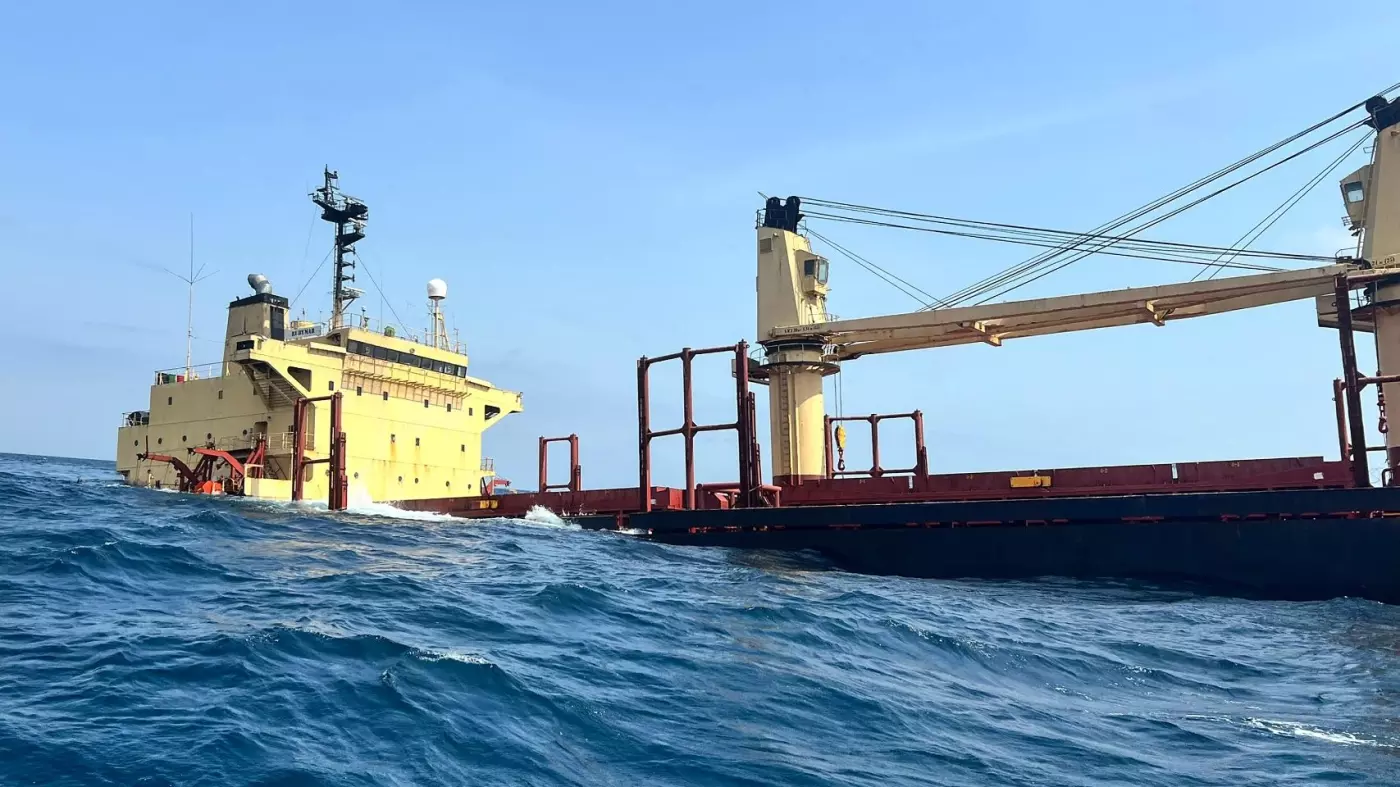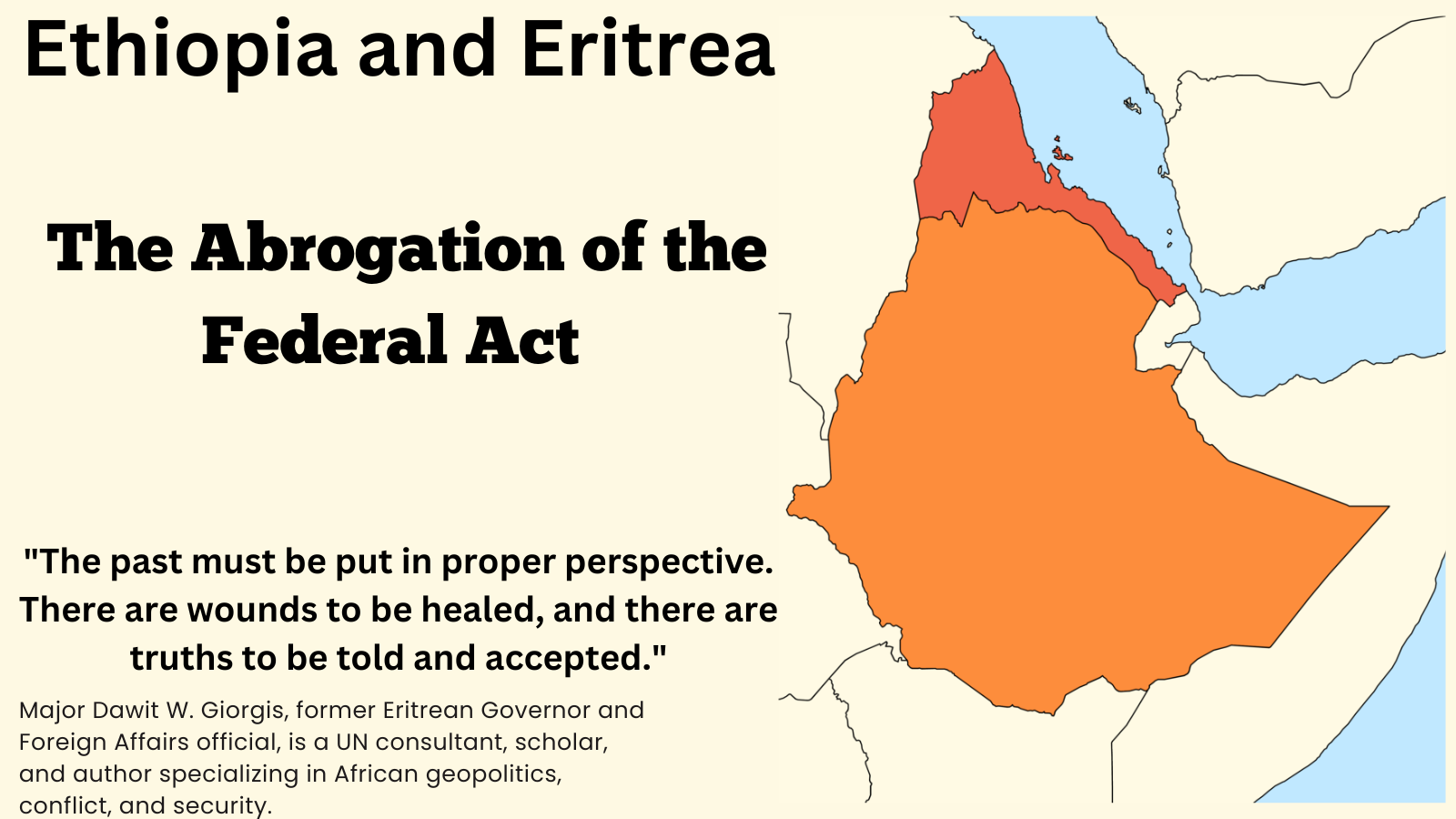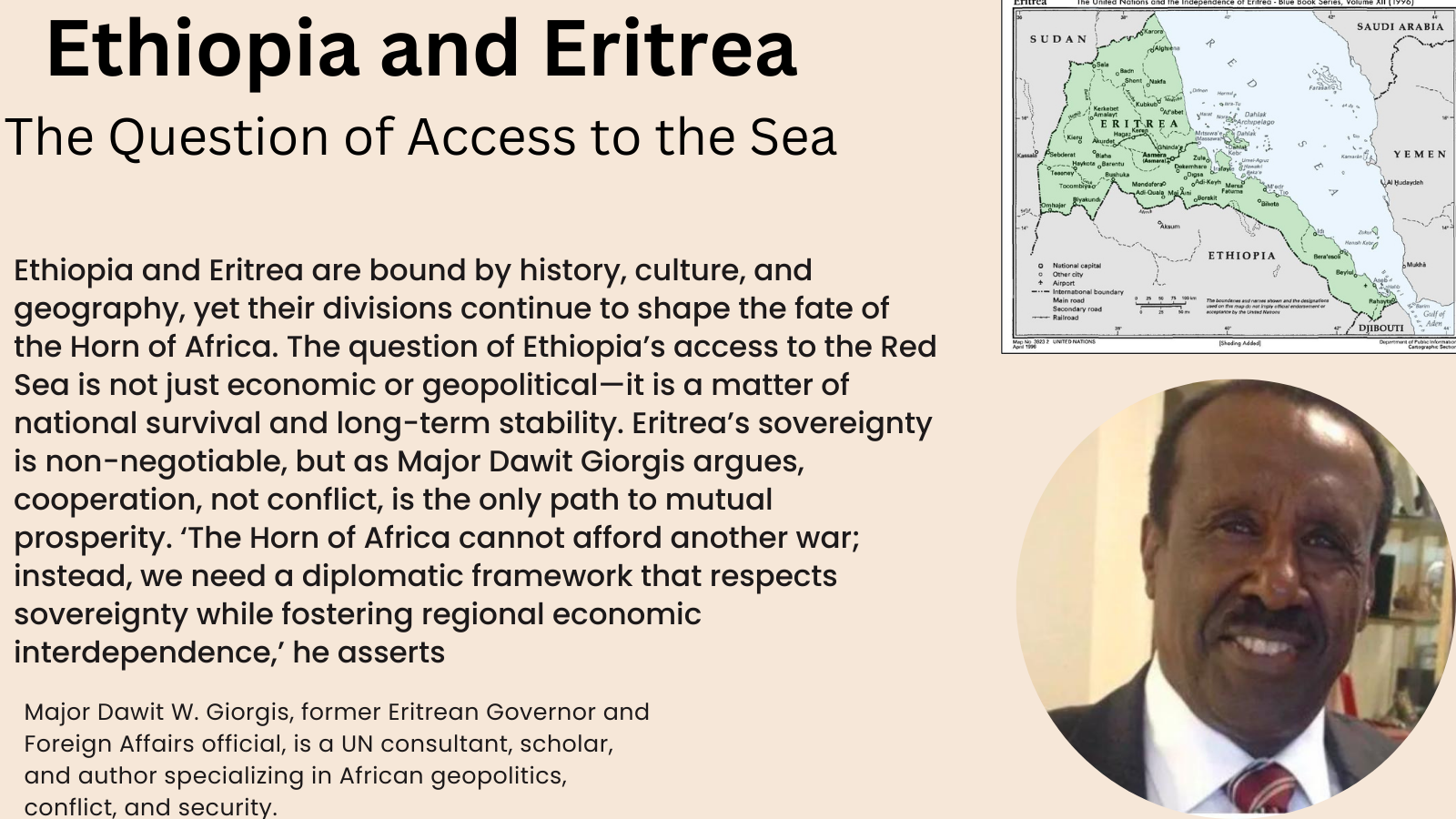Red Sea Internet in Peril: Cable Companies Turn to Eritrea Amid Houthi Threats
High Insurance Costs and Cable Breaks in Yemen Waters Force Industry to Seek New Routes

The Red Sea has become the focal point of a major security crisis for the global submarine cable industry. A series of attacks and rising geopolitical tensions have left damaged cables unrepaired and new installations on hold, forcing the industry to seek alternative routes to maintain one of the world’s key internet pathways.
Houthi Attacks Escalate Risks
Since November, Yemen‘s Houthi rebels have intensified attacks on shipping in the Bab al-Mandab Strait, targeting vessels linked to Israel’s allies as a reaction to Israel’s conflict with Hamas in Gaza. This has exacerbated the already precarious situation in the Red Sea.

In early March, three submarine fiber optic cables were severed following a Houthi missile strike on the British-owned vessel Rubymar off Yemen’s coast. The damage occurred as the ship’s anchor ripped through the cables while drifting after the attack. These critical cables remain unrepaired and unreachable on the seabed. Plans to lay five new cables, which were intended to increase capacity through the Red Sea, are now suspended.

Eritrea: A Potential but Elusive Solution
In response to the crisis, some cable companies are considering rerouting through Eritrea’s waters, which offer an optimal depth of around 170 meters for cable laying. However, Eritrea’s government has not responded to industry overtures, leaving this potential solution in limbo. Industry insiders describe Eritrea as a “black hole” due to its lack of engagement.
Industry Struggles with Insurance and Repair Challenges
The inability to repair existing cables is compounded by soaring insurance costs and a global shortage of repair ships. The situation has underscored the Red Sea’s strategic importance for global connectivity, with the region handling over 90% of Europe-Asia internet traffic through its 15 submarine cables.
The Urgent Need for New Routes
With the current capacity of approximately 320 terabytes (Tb) and a planned increase to 1,300 Tb to meet rising demands from AI, cloud storage, and digital transformation in Gulf countries, the industry is under pressure to find solutions.
While alternative projects bypassing the Red Sea, such as overland routes from the Mediterranean to the Gulf, are in development, submarine cables remain the preferred, cost-effective option. However, the political and logistical challenges in the region, particularly with Yemen’s dual governments and ongoing Houthi aggression, complicate these efforts.
The Broader Impact and Future Outlook
The crisis in the Red Sea has prompted urgent discussions within the cable industry and among governments about the security of submarine cables, which carry over 95% of global internet traffic. Proposals for stationing a dedicated cable repair ship in the Red Sea are being considered, despite the high costs involved.
As the industry grapples with these challenges, new projects like Cinturion’s 20,000-kilometer Trans Europe Asia System (TEAS) are being developed to create alternative routes. TEAS aims to connect the Mediterranean to the Gulf via overland crossings, potentially reshaping regional internet infrastructure.
The unfolding situation in the Red Sea is a stark reminder of the vulnerabilities in global connectivity and the urgent need for innovative solutions to ensure the resilience of the world’s internet infrastructure.
EAR- Editorial Note
This news story is sourced from Middle East Eye, a publication renowned for its independent and unrivalled coverage and analysis of the Middle East, North Africa, and beyond. Middle East Eye has consistently provided in-depth reporting and insightful commentary on key issues affecting the region, often bringing to light stories that mainstream media overlook. Their commitment to journalistic integrity and comprehensive reporting ensures that readers receive accurate, balanced, and timely information about complex and critical events.
Source: Middle East Eye




